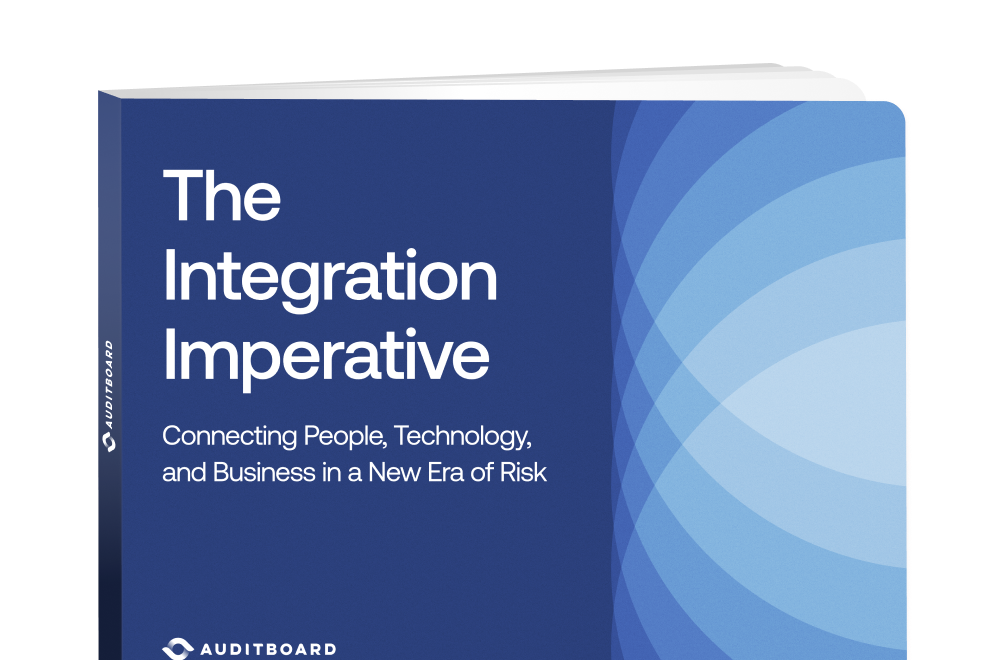The new era of risk is characterized by chaos, uncertainty, and a fast-expanding risk spectrum. Business leaders face an urgent need to find new ways to get ahead of risk, gaining better visibility and understanding that enable more risk-informed decision-making.
Many businesses are prioritizing digital transformation as the path forward, but are unsure how or where to focus efforts. Integrated risk management (IRM) offers solutions that span the primary risk domains associated with digital transformation, tying together technology/cyber risk, operational risk, and enterprise/strategic risk.
Authored by John Wheeler, Senior Advisor of Risk and Technology at AuditBoard and former Gartner analyst, The Integration Imperative: Connecting People, Technology, and Business in a New Era of Risk focuses on four universally applicable risk management objectives that are foundational: Performance, Resilience, Assurance, and Compliance (PRAC). PRAC offers a simple way to provide an integrated, balanced view of risks, preparing your business not only to tackle the expanding risk spectrum — but emerge stronger. Download the full guide for:
- The business case for IRM and IRM technology, including IRM’s symbiotic relationship with integrated thinking and integrated reporting.
- A deep-dive on the four PRAC risk management objectives, examining why they matter, how they’re measured, how IRM supports each, and how they interconnect and overlay with key risk areas, disciplines, and leadership roles.
- An in-depth look at integrated risk priorities important in the current environment, including sustainability, soundness, safety, and security compliance.



